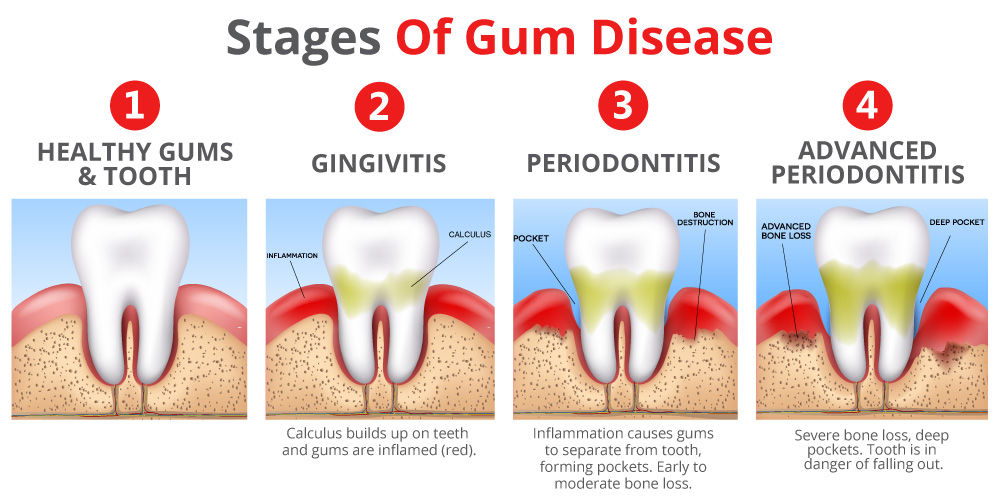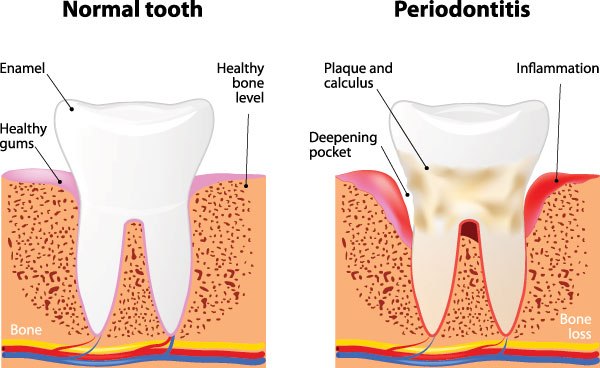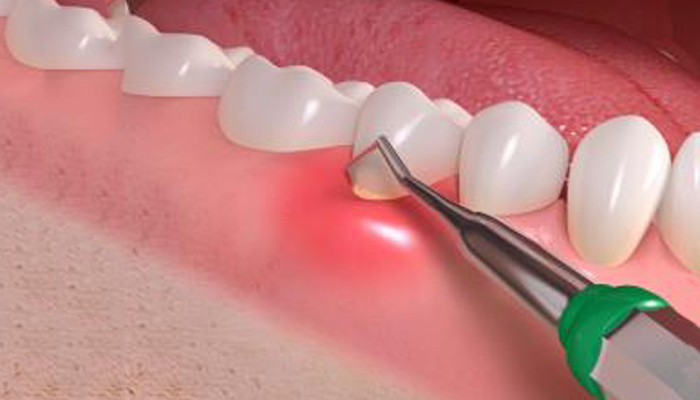As we age we encounter many different age-related issues. When it comes to your dental health you may be wondering what the most common cause of tooth loss in adults is? Most older adults begin to lose their teeth due to periodontal disease. We will discuss the causes and solutions at Highlands Ranch Family Dental.
Periodontal Disease is the Most Common Cause of Tooth Loss in Adults
Periodontal disease is the most common cause of tooth loss among adults. Overall, the prevalence of both moderate and severe periodontal disease in adults and Seniors has decreased from the early 1970s. In spite of this improvement, significant disparities remain in some population groups.

Periodontitis, or gum disease, is a common infection that damages the soft tissue and bone supporting the tooth.
What is Periodontitis?
The name “periodontitis” means “means inflammation around the tooth.” Microorganisms, such as bacteria, stick to the surface of the tooth and in the pockets surrounding the tooth, and they multiply. As the immune system reacts and toxins are released, inflammation occurs.
Untreated periodontitis will eventually result in tooth loss. It may increase the risk of stroke, heart attack, and other health problems.
Bacterial plaque, a sticky, colorless membrane that develops over the surface of teeth, is the most common cause of periodontal disease. If plaque is not removed, it can harden to form tartar or calculus.
Most cases of periodontitis are preventable through good dental hygiene.

Untreated periodontitis will eventually result in tooth loss. It may increase the risk of stroke, heart attack, and other health problems.
How to Prevent or Stave Off Periodontitis?
The main aim of treatment is to clean out bacteria from the pockets around the teeth and prevent further destruction of bone and tissue.
Nonsurgical treatments
If periodontitis isn’t advanced, treatment may involve less invasive procedures, including:
- Scaling. Scaling removes tartar and bacteria from your tooth surfaces and beneath your gums. It may be performed using instruments, a laser or an ultrasonic device.
- Root planing. Root planing smoothes the root surfaces, discouraging the further buildup of tartar and bacteria, and removes bacterial byproducts that contribute to inflammation and delay healing or reattachment of the gum to the tooth surfaces.
- Antibiotics. Topical or oral antibiotics can help control bacterial infection. Topical antibiotics can include antibiotic mouth rinses or insertion of gels containing antibiotics in the space between your teeth and gums or into pockets after deep cleaning. However, oral antibiotics may be necessary to completely eliminate infection-causing bacteria.
Schedule Your Appointment Today
Give us a call today at 303-346-4495 or email us at scheduling@hrfamilydental.com to schedule your first visit. We would love to work with you toward a better, brighter smile.
[contact-form-7 id=”6″ title=”Contact form 1″]



